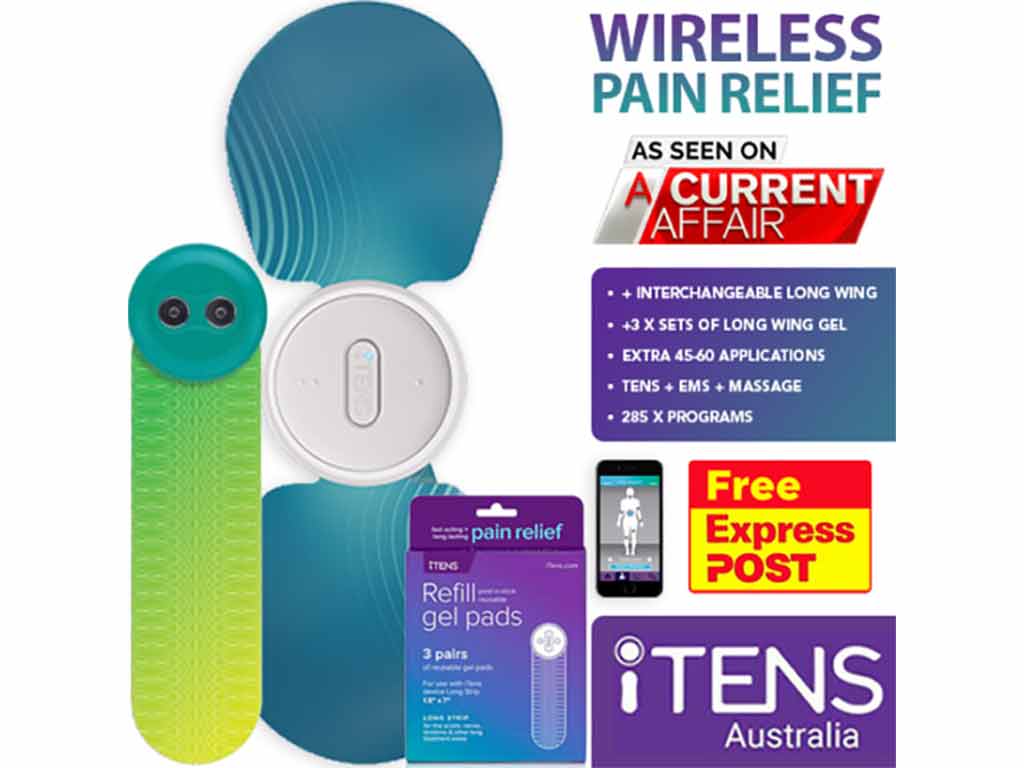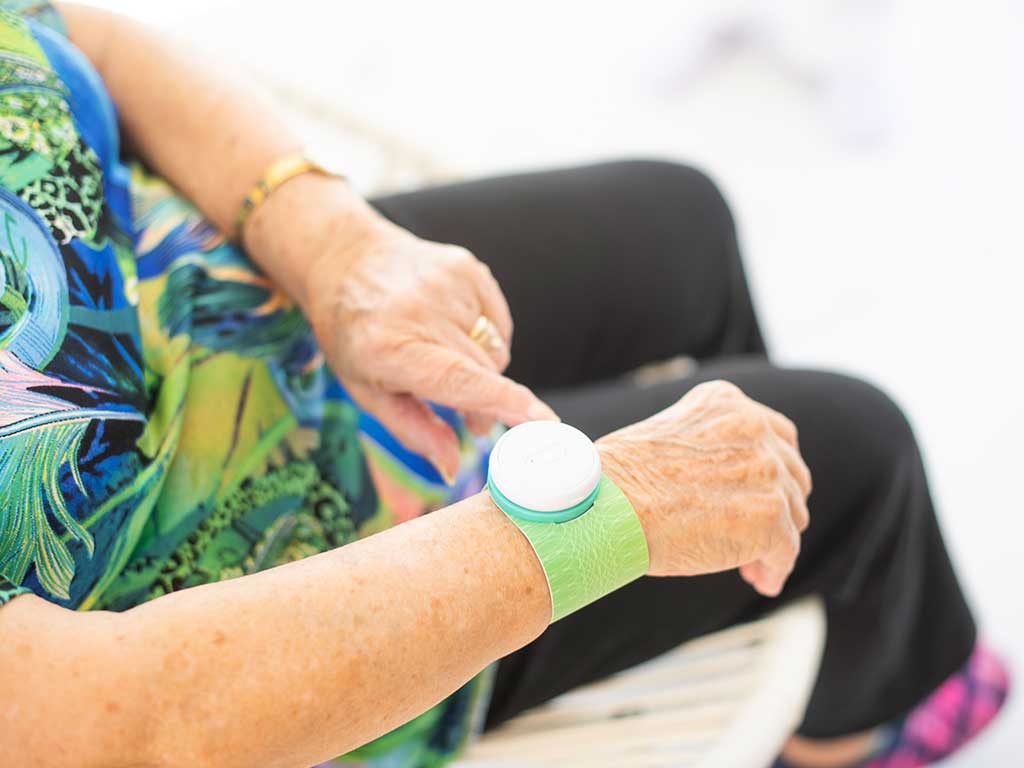
Transcutaneous Electrical Nerve Stimulation (TENS) is a widely used technique in various settings for managing aches. One case is the use of TENS in physiotherapy. The method of pain relief uses portable devices that are beneficial for home use or physiotherapy clinics. Accordingly, it is effective in dealing with aches as it delivers electrical impulses to stimulate the nerves in the body. As such, the mechanisms of the pain gate and the release of endorphins contribute to its functionality.
Ache is a common problem that affects millions of people. Finding effective methods to manage ailment is crucial. Physiotherapy is a valuable tool in pain management, and TENS is one of the techniques that physiotherapists often utilise to help their patients. People can also look for TENS and operate it independently as an alternative to visiting physical therapy clinics. This article will present how the method works, how to use the unit and the safety precautions.
Use of TENS in Physiotherapy – How it Works in Relieving Pain
Physiotherapy aims to improve physical function and reduce aches through therapeutic exercises and modalities. One popular technique is the use of TENS in physiotherapy, which offers a more accessible level of pain relief. This enables people to have a non-invasive and drug-free approach, as it only delivers electrical energy to stimulate the underlying nerves.
The concept behind TENS physiotherapy practice is based on several mechanisms. One way it works is based on the pain gate mechanism. According to this, electrical stimulation can block pain signals from reaching the brain, reducing the perception of aches. This approach is vital for managing acute pain conditions such as muscle spasms, muscle soreness, postoperative pain, injuries, and tension headaches.
Additionally, the electrical pulses from TENS can stimulate the production of endorphins. These are the natural pain relievers and mood enhancers of the body. Endorphins are neurotransmitters that bind to opioid receptors in the brain and spinal cord, inhibiting pain messages. This aids in chronic pain conditions such as neck pain, osteoarthritis pain, and neuropathic pain.
Advantages of the Device Over Medications
- Non-invasive and drug-free – TENS eliminates the adverse effects of surgical procedures or oral medications.
- Targeted pain relief – medications are systematic and affect the entire body. The device can focus on specific areas by placing the electrode pads directly on the aching area.
- Fewer side effects – the alternative approach just causes mild tingling or warmth sensations.
- Customisable and adaptable – users can adjust the settings, such as the intensity of signal, frequency, and pulse duration.
- Cost-effective – medication can be expensive, especially if they need to be taken regularly or in higher doses. TENS have a one-time purchase cost and can be used repeatedly without additional expenses.

Use of TENS in Physiotherapy – How to Operate the Device
The use of TENS in physiotherapy is popular to help manage aches and promote healing. Operating a TENS is relatively simple and can be done by following a few basic steps. Firstly, study the user manual, as each device has unique features and settings. Secondly, before beginning, make sure that the machine is off to avoid sudden electric shocks.
Then, check if the device has fresh batteries or is fully charged. Connect the electrodes through wires or a cellphone via Bluetooth for wireless. Once done, it is time to position electrodes on the skin. Before the electrode placement, make sure the skin in the target area is clean, dry, and free from lotions or oil. Next, turn on the device by pressing the power button.
Adjust the settings on how the electrical signals will flow. This includes frequency, intensity, and duration of time. Other models offer pre-set programs and modes. Select the appropriate one. Furthermore, it is advisable to start with low settings and gradually increase it to comfort level and sufficient relief. After the session, carefully remove the sets of electrodes and store them properly.
Proper Pad Placement
Proper pad placement is crucial when using TENS therapy. Start by identifying and cleaning the treatment area. For localised pain, it is advisable to position the electrode on either side of the aching area. For larger areas, place the pads around the aching part to cover as much surface as possible. Pay attention to the spacing between the electrode pads.
Avoid placing the electrodes on sensitive areas, broken skin, or bony regions. This can cause discomfort and can lead to further experience pain. Accordingly, ensure the firmness of the pad in the skin for more effective transmission of electrical pulses.

Use of TENS in Physiotherapy – Safety Precautions
The use of TENS in physiotherapy is safe. However, it is important to know the safety precautions. For people with serious medical conditions, it is advisable to consult a healthcare professional. They can determine if the device is suitable. Before each session, carefully inspect the unit for any signs of damage or wear. Follow the correct electrode placement to avoid any adverse effects.
Observe the recommended treatment duration and the level of settings. The duration of each session is advisable to last for 15 to 30 minutes. For longer therapy, a 20-minute break is vital before continuing the session. Always start with the lowest settings to avoid sudden shocks and discomfort.
TENS devices should not be used in or around water. Keep the tool and electrodes dry at all times. Moisture can interfere with the functioning of the device and pose a risk of electrical shock. Use TENS only when fully awake and focused. It is not safe to operate the machine while sleeping, driving, or operating machinery. The electrical stimulation can lessen full concentration or disrupt sleep.
Who Cannot Use Electrotherapy
While it can be beneficial for many individuals, certain groups of people should not use electrotherapy. This includes individuals with pacemakers or other implanted electronic devices. The electrical currents could interfere with these devices and cause harm. TENS therapy involves the application of electrical signals. Thus, it is not advisable for people with epilepsy. The stimulation can cause further seizures and negative reactions.
People with open wounds or broken skin in the treatment area should eliminate TENS. This can potentially lead to skin irritation. Some medical conditions may require quality care evaluation before using the device. These include cancer, heart conditions, and dermatitis.
Conclusion
The use of TENS in physiotherapy is a beneficial alternative to many. This approach enables people to have pain management solutions without the need for invasive procedures and oral medications. Hence, it can treat acute and chronic pain conditions with the use of electrical stimulation through electrode pads. Accordingly, it works based on the mechanisms of the pain gate and the triggering of the release of endorphins. The easiness of operating the device also contributes to its popularity.
People opt for the method as it has numerous advantages over other solutions. This includes a more targeted ache relief, fewer side effects, is customisable and adaptable, and is cost-effective. Users can lessen frequent visits to clinics with the alternative portable device. While the machine is safe, it is crucial to recognise the safety precautions, proper pad placement, and who cannot use the tool. This allows users to grasp the maximum benefits of TENS, eliminating the adverse effects.







